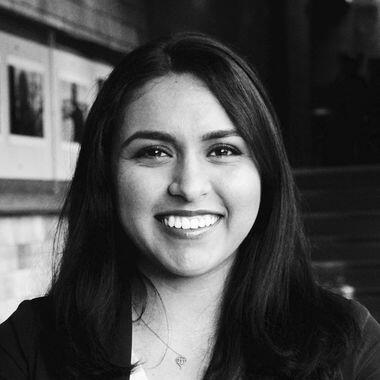
At KIPP SoCal, we are committed to providing an inclusive, culturally responsive, rigorous curriculum within a safe learning environment that leverages our students’ assets through our teaching practices, the experiences we create in our classrooms, and the high expectations we all set and meet together.
We are today’s educators. We are equity-builders. We are revolutionaries.
By: Faviola Leyva, Teach for America | One Day
Performing arts teacher Christopher Sandoval gathers his students into a circle. “Our ofrenda,” he tells his rapt audience, “is an offering to the people we want to honor.” The students’ eyes fixed on him, Sandoval reviews items on the class’s “ofrenda,” or offering — an elaborate, vibrant altar designed to honor the spirits of loved ones and moral leaders who have passed away.
With origins in Mexico, Day of the Dead has become a widely celebrated holiday for many Latinx and Hispanic families and others around the world. Deeply steeped in tradition, it is an opportunity to honor life, family and legacy with events usually taking place on Nov. 1 and 2.
Watch lessons in cultural identity, healing, and civil rights unfold in this short documentary.
By creating an immersive experience with ofrendas at the altar, painting face masks, and participating in Mexican folkloric dance, Sandoval’s students at KIPP Comienza Community Prep in Huntington Park, California, learn the significance of the holiday. Some discover and preserve their family’s history along the way, too.
Sandoval, who is of Mexican-American descent, says the Day of the Dead celebration empowers students to connect with their own cultural heritage and build a sense of belonging and confidence.
For Sandoval, this altar is an opportunity to help students unite in social justice struggles. “We see a big intersection between cultural traditions and social justice,” he says. “We’re here to open minds in our classroom through culturally responsive teaching, so our children could walk out being more successful and more responsible citizens of this country and of their community.”
To learn more about Day of the Dead and how you can honor this tradition in your classrooms, please visit this teaching resource designed by David Anctil and written by Daisy Barrón, Teach for America’s national managing director for cross-content specializing in culturally relevant pedagogy and culturally and linguistically diverse students.
This story was originally published on Teach for America.
 About the Author: Faviola Leyva joined One Day as a multimedia journalist in 2017. Before Teach For America, she worked as a video production teacher at Oakland International High School and Fremont High School. Faviola has experience reporting in Argentina, Belize, and nationwide throughout the United States.
About the Author: Faviola Leyva joined One Day as a multimedia journalist in 2017. Before Teach For America, she worked as a video production teacher at Oakland International High School and Fremont High School. Faviola has experience reporting in Argentina, Belize, and nationwide throughout the United States.
